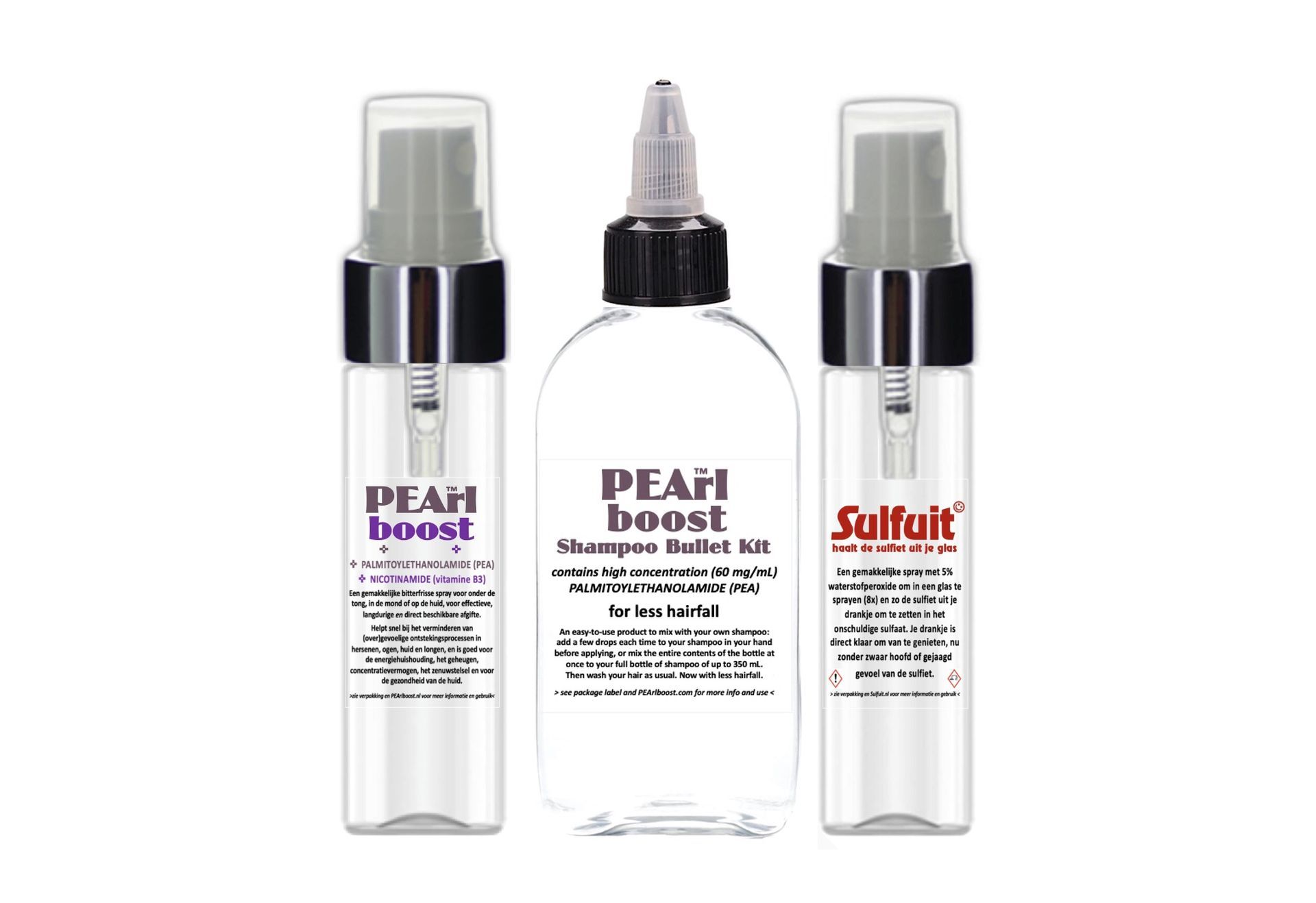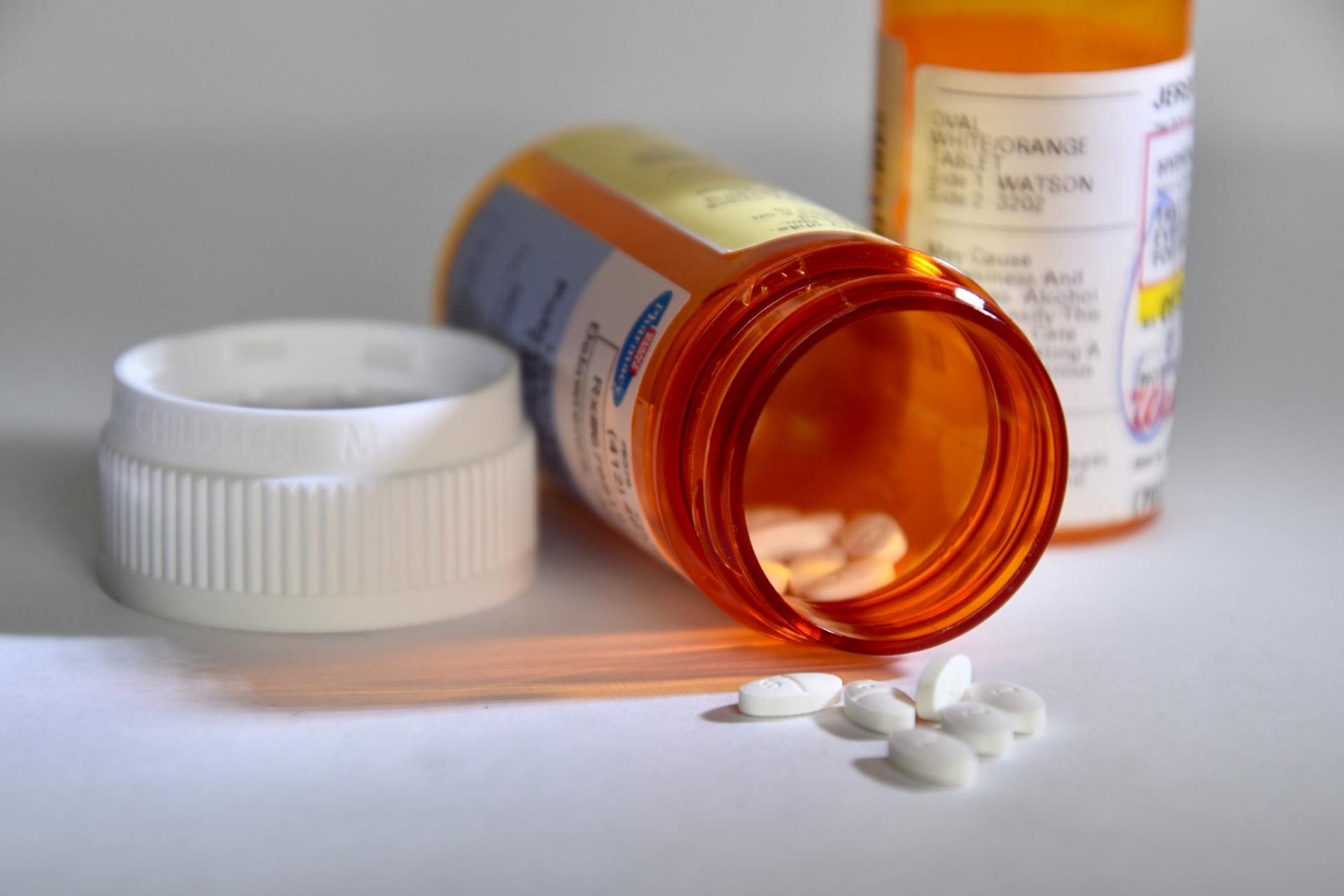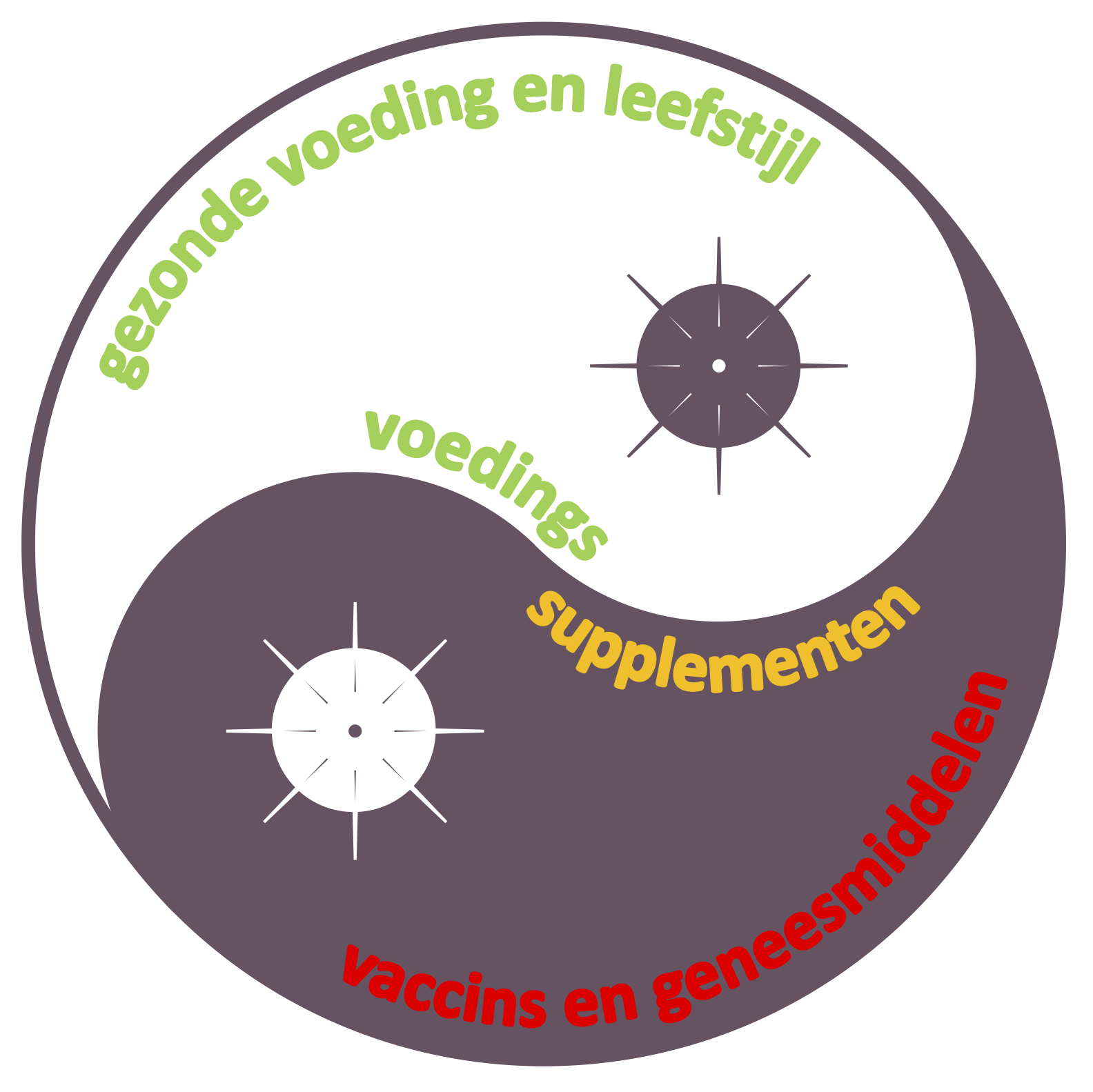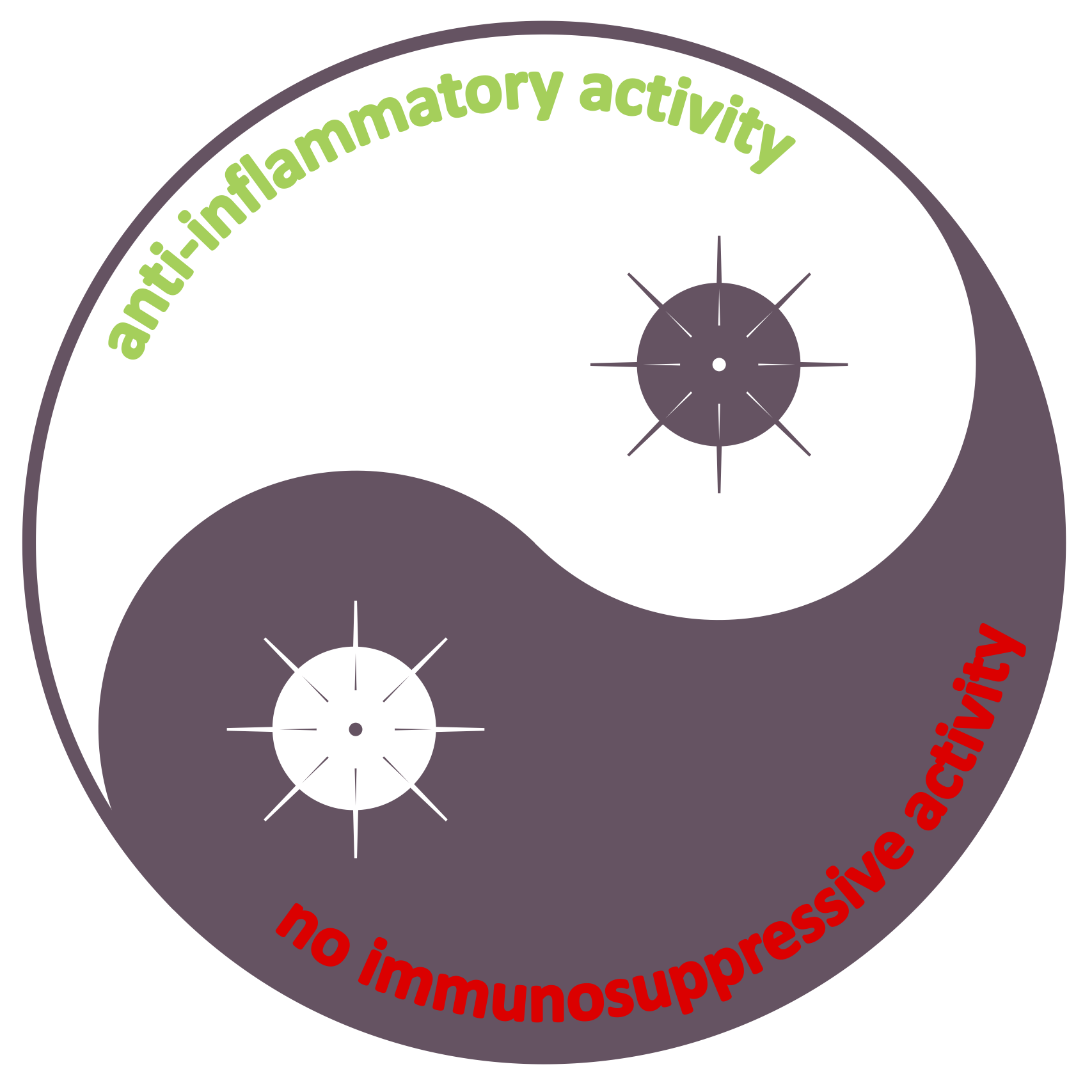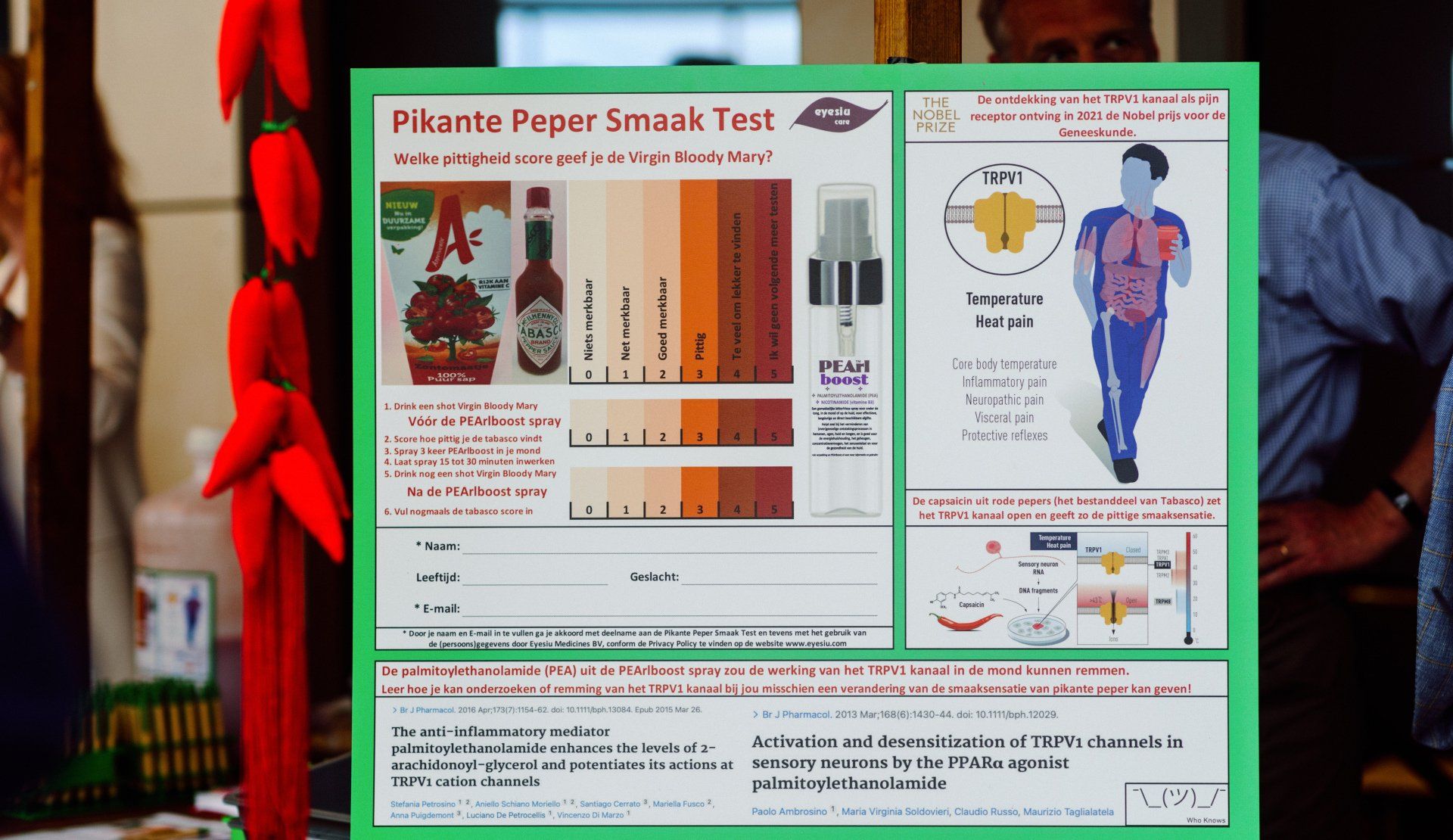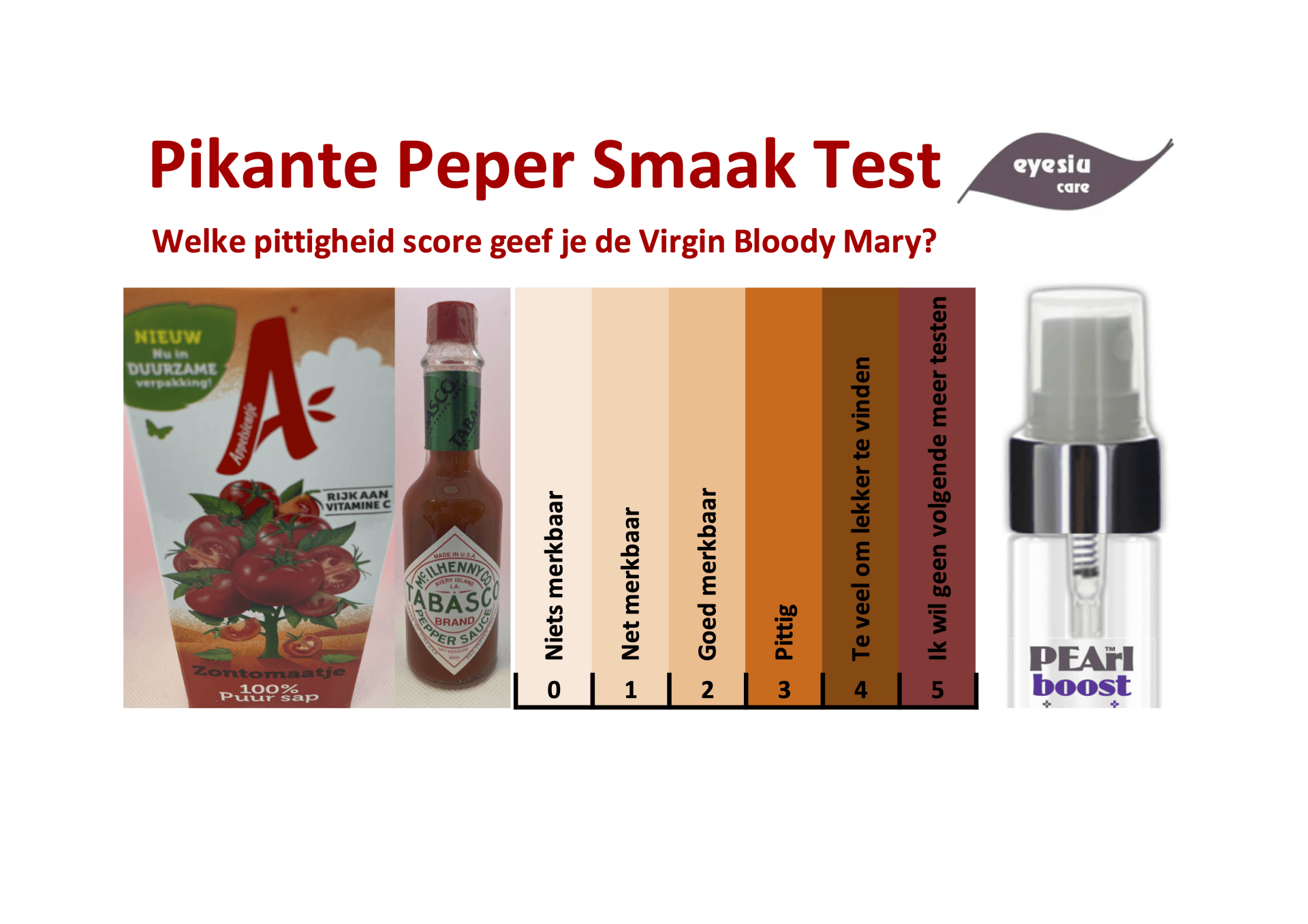Would palmitoylethanolamide (PEA) also help cope with COVID-19?
Would palmitoylethanolamide (PEA) also help cope with COVID-19?
- Orally taken tablets of PEA were proven highly beneficial already in the 1970s, tested on >2,700 factory workers, soldiers and school children, in 5 randomised, double-blinded, placebo-controlled clinical trials, while no side effects were registered after several years of clinical testing of PEA in military and civilian communities.
- Now, the question is, would PEA also help cope with the new #coronavirus #COVID19? According to its known biological function and impressive data presented in the publications, summarised in the table above, the answer to this question is likely positive, and obvious to try.
- K. Masek, F. Perlik, J. Klima, and R. Kahlich, “Prophylactic efficacy of N 2 hydroxyethyl palmitamide (Impulsin) in acute respiratory tract infections,” European Journal of Clinical Pharmacology, vol. 7, no. 6, pp. 415–419, 1974.
- R. Kahlich, J. Klima, F. Cihla et al., “Studies on prophylactic efficacy of N-2-hydroxyethyl palmitamide (Impulsin) in acute respiratory infections. Serologically controlled field trials,” Journal of Hygiene Epidemiology Microbiology and Immunology, vol. 23, no. 1, pp. 11–24, 1979.
- V. Plesnik, M. Havrlantova, J. Jancova, J. Januska, and O. Mackova ́, “Impulsin in the prevention of acute respiratory diseases in school children,” Ceskoslovenska ́ Pediatrie , vol. 32, pp. 365–369, 1977.
- Keppel Hesselink JM, de Boer T, Witkamp RF. “Palmitoylethanolamide: A Natural Body-Own Anti-Inflammatory Agent, Effective and Safe against Influenza and Common Cold,” International Journal of Inflammation, vol. 2013, Article ID 151028, 2013.
| "About PEA, and why to use it as food supplement to help maintain and support a healthy lifestyle:" |
Biological mechanism fully characterised:
PEA is an endogenous (body-own) fatty acid amide with a wide range of biological functions involved in the body’s response to help reduce chronic pain and inflammation. PEA is clinically and scientifically proven to directly activate PPAR-α, GPR55 and GPR119, and indirectly CB1 & CB2 receptors and TRPV1 channels, collectively known as the “entourage effect” (Petrosino et al (2017)).
Supporting role in many human and animal uses:
There are numerous scientific publications on the physiologically supportive role of PEA on the immune system and the natural cellular response in conditions involving chronic pain complaints (neuropathic, musculoskeletal, fibromyalgia, endometriosis, pelvic pain, migraine); epilepsy, amyotrophic lateral sclerosis (ALS), multiple sclerosis (MS), Parkinson's disease (PD), Alzheimer's disease (AD), autism, sleep disturbance, depression, stroke; glaucoma, diabetic retinopathy (DR); geographical tongue, psoriasis, atopic dermatitis, rosacea, acne; hay fever, cough, asthma, idiopathic pulmonary fibrosis and cystic fibrosis, COPD, colds and flu. These publications are summarised in this extensive blog about PEA.
PEA has been freely available for consumers as a food supplement for many years:
Physiological PEA levels can become reduced, yet never depleted, and since PEA is also highly present in food sources, such as from soybean, egg yolk and peanuts, PEA is regarded as a "vitamin" and marketed as food supplement, freely available for consumers. PEA is therefore readily available in many (web)shops and drugstores for all interested consumers. These PEA supplements (capsules, powders, liposomes, creams, spray) support the consumer to keep the brain, eyes, lungs, skin and hair healthy and free of pain. The capsules, powders and liposomes containing PEA must be swallowed several times a day for several weeks in order to observe efficacy. Instead, the PEArlboost spray solution, when applied under the tongue or on the skin, provides a fast and long-lasting effect, at a low dose in an easy to administer form.

